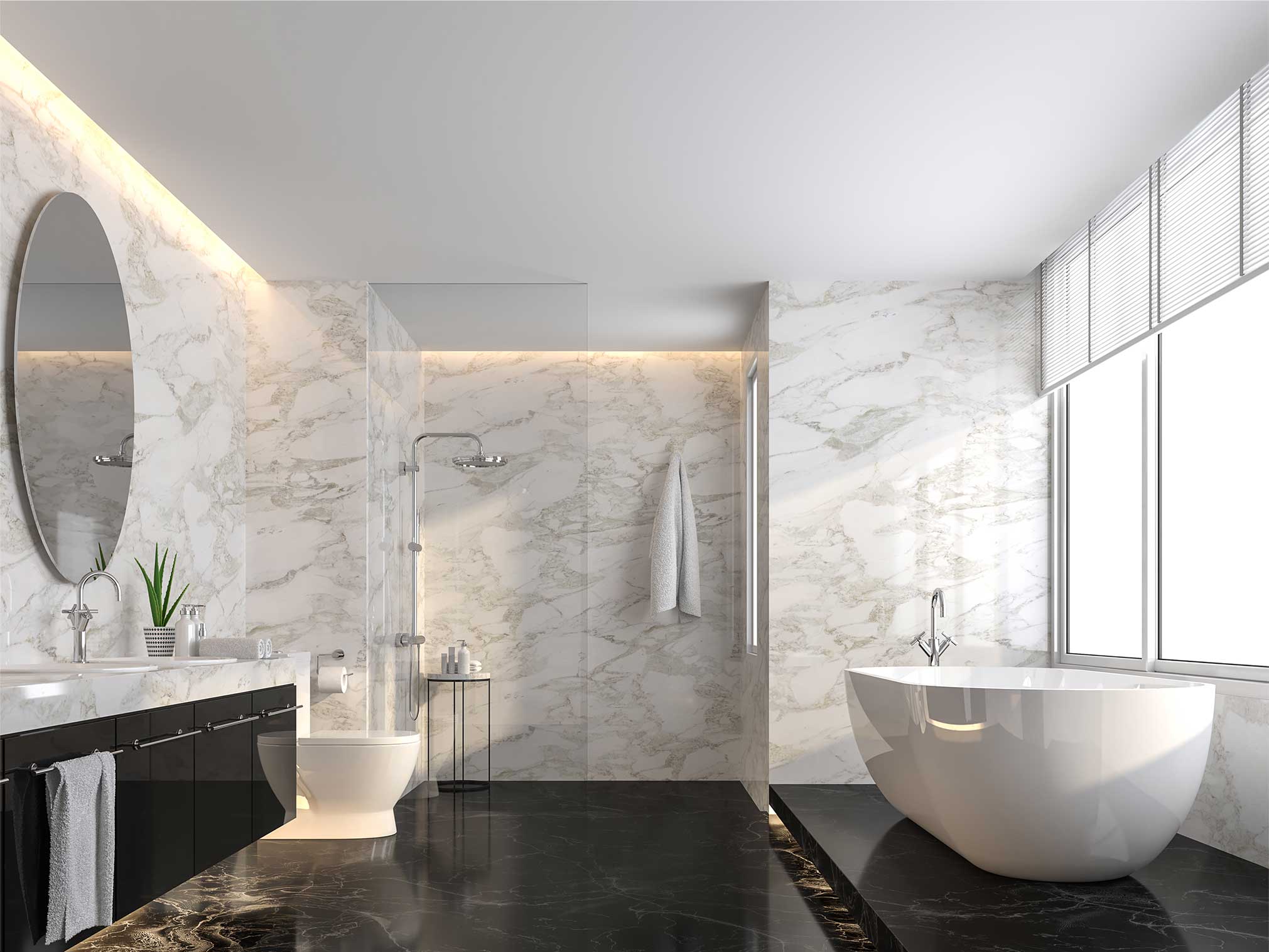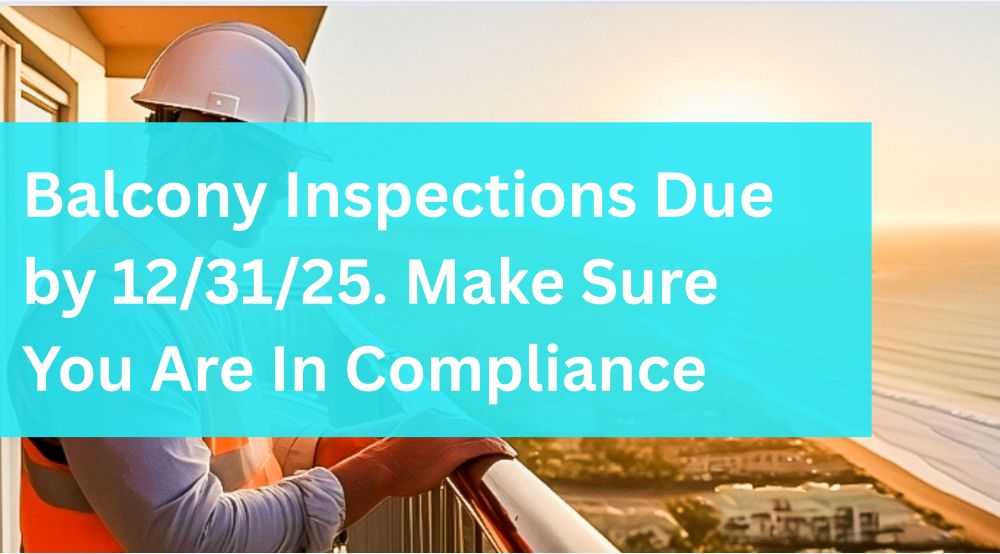Balconies are a selling point for many properties—but they also come with serious safety responsibilities. In 2015, a balcony collapse in Berkeley tragically claimed six lives and injured seven others, prompting California lawmakers to pass strict inspection requirements for Exterior Elevated Elements (EEEs) like balconies, decks, stairways, and walkways.
Two state laws—SB 721 for multifamily rentals and SB 326 for condominiums and HOAs—now require regular safety inspections to prevent similar disasters. And in 2025, the original deadline of January 1, 2025, was officially extended to January 1, 2026. While that gives property owners more time, those who wait too long could face higher costs, fewer available inspectors, and steep fines.
📜 Which Law Applies to You?
The two laws are similar in purpose but differ in scope and frequency:
SB 721 – Applies to multifamily rental properties with 3 or more units; inspections every 6 years.
SB 326 – Applies to condominiums and HOAs; inspections every 9 years.
Both cover EEEs that are:
More than 6 feet above the ground
Extending beyond the exterior walls
Supported by wood or wood-based materials
🔍 How the Inspection Works
For rental properties under SB 721, inspections can be performed by licensed architects, civil or structural engineers, general contractors with the right classification and experience, or certified building inspectors. For condos and HOAs under SB 326, only licensed architects or engineers may perform the work.
During an inspection, the professional evaluates at least 15% of each type of balcony, deck, or walkway. They’re looking for water intrusion, dry rot, rust, or other structural issues.
If immediate hazards are found → Must be reported to local code officials within 15 days and secured right away.
For non-emergency issues → Permits must be pulled within 120 days, and repairs completed within another 120 days.
Record retention → Inspection reports must be kept for at least two inspection cycles (up to 12 years for SB 721 and 18 years for SB 326).
⏳ Why the 2026 Extension Doesn’t Mean You Should Wait
While the deadline extension offers breathing room, inspector availability will tighten as January 2026 approaches. Delaying could mean:
Higher inspection costs due to demand
Limited choice of qualified professionals
Increased risk of fines—$100 to $500 per day for noncompliance
Booking early allows time to compare quotes, plan repairs, and avoid rushed, expensive fixes. It also ensures you remain eligible for insurance coverage and maintain the safety reputation of your property.
📍 Steps for San Diego Property Owners
If your property falls under these laws, here’s how to prepare now:
Confirm Applicability – Determine whether you’re covered by SB 721 or SB 326.
Check Past Inspections – If you’ve had one since 2019, you may already be compliant for this cycle.
Schedule Early – Get on an inspector’s calendar before demand spikes.
Budget for Repairs – Allocate funds now for potential fixes.
Keep Organized Records – Store reports securely in case of audits or resale needs.
✅ Bottom Line
California’s balcony inspection laws are about prevention, liability protection, and long-term property value. With the compliance deadline now set for January 1, 2026, San Diego property owners have a valuable window to act proactively, avoid last-minute stress, and protect their investments.
🏢 How Beyond Property Management Can Help
At Beyond Property Management, we take the guesswork out of compliance. We connect our clients with qualified inspectors, coordinate the process from start to finish, manage any necessary repairs, and keep documentation organized so you’re always inspection-ready. Whether you own a single rental or manage multiple buildings, we ensure your property stays safe, compliant, and valuable.
💬 Need help meeting the 2026 balcony inspection deadline? Contact Beyond Property Management today and let us handle the details.






